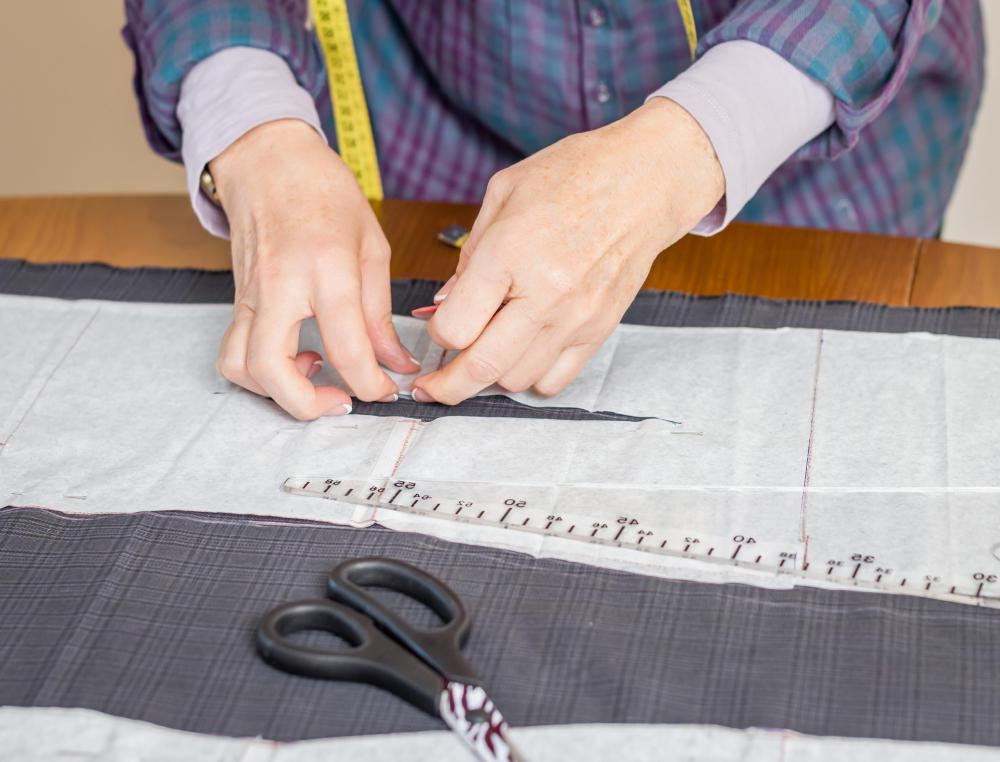At WiseGEEK, we're committed to delivering accurate, trustworthy information. Our expert-authored content is rigorously fact-checked and sourced from credible authorities. Discover how we uphold the highest standards in providing you with reliable knowledge.
How do I Choose the Best Heirloom Patterns?
Choosing the best heirloom patterns has as much to do with the person completing the project as it does with the pattern itself. The best heirloom patterns for you will be the ones that require techniques with which you are already familiar. Navigating a path through a complex vintage sewing pattern can be difficult for an expert, and attempting to do so when you barely know how to sew is a recipe for disaster. Other important features to look for in an heirloom pattern include the language used, the size of the finished piece and the availability of materials to complete the project.
Heirloom patterns will be easier to use if you fully understand the language. Even if an heirloom pattern is in your native language, older patterns might use antiquated or outdated terms with which you are not familiar. Terms such as "four-ply" wool might not make sense, because yarns currently are referred to by a standard numerical system, and needles and crochet hooks might have outdated sizes listed as well. Look for heirloom patterns that use terms that you can understand or easily to convert to today's supplies and methods. In many cases, you can leaf through the pages of a book or leaflet or look at the back cover of a pattern to check its ease of use.

Check the dimensions of the finished project using inches or centimeters instead of relying on size terms such as "small" or "large". What was considered large 50 years ago might fit a very different size today. By checking the actual listed measurements instead of relying on general terms, you can be sure that your heirloom sewing project will fit the person for whom you are making it.

Heirloom patterns often call for specific materials that might not be available today. Choose a pattern that lists supplies you can find or easily mimic. Cotton and linen fabrics, wool yarn and embroidery threads are all easily found in craft and specialty stores today, so heirloom patterns that use these supplies will be easy to complete.
Heirloom patterns that call for supplies that are no longer produced or no longer legal to use might be more tricky to complete. Certain doll-making and beading supplies such as foam body forms or Bakelite plastic body parts have gone out of fashion, and finding a suitable replacement might be difficult. Other materials such as real ivory buttons might be illegal to source or sell, so you will have to make do with modern day replacements.
AS FEATURED ON:
AS FEATURED ON:












Discuss this Article
Post your comments